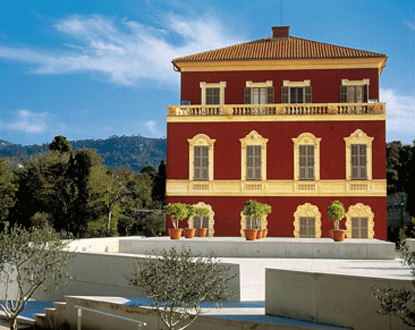Following the celebration of its fifty years in 2013 with the exhibition Matisse, the Music at Work, the Matisse Museum sheds new light on Matisse’s connection with Nice through the theme of odalisques, a set of works known as the “Nice period” (1917–1929), including intermittent echoes found throughout his work, through a new exhibition entitled Henri Matisse: Nice, the Dream of the Odalisques.
Beyond their abundant production, the odalisques allow for a questioning of Matisse’s surprising return to figuration after the advances of Fauvism in 1905.
In 1921, when he moved to Nice at 1 place Charles Félix on the Cours Saleya, the painter evolved his interpretation of the theme of odalisques from a surprising series of lithographs to align with his deep concerns related to form and line. From a traditional representation of a languid model, emanating from the atmospheres encountered by Matisse in Algeria and Morocco, emerges a female character whose body’s plasticity and pose transform the composition. The painting takes on a new unity: the character’s structure converges with sculpture.
The exhibition illustrates this pictorial evolution by accompanying paintings, drawings, lithographs, and sculptures with personal objects, furniture, and fabrics, most of which belong to the museum’s collections, which the painter used to create the décor surrounding the models that became odalisques.
This exhibition brings together works from museums and institutions such as the Museum of Modern Art (MoMA) in New York, the Kunstmuseum in Solothurn (Switzerland), the National Museum of Modern Art, Centre Pompidou, the Museum of Modern Art of the City of Paris, the Musée de l’Orangerie in Paris, the Départemental Museum Matisse in Cateau-Cambrésis, the Ballets de Monte Carlo, as well as private collections, notably that of the painter’s family.


